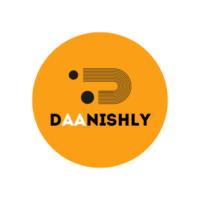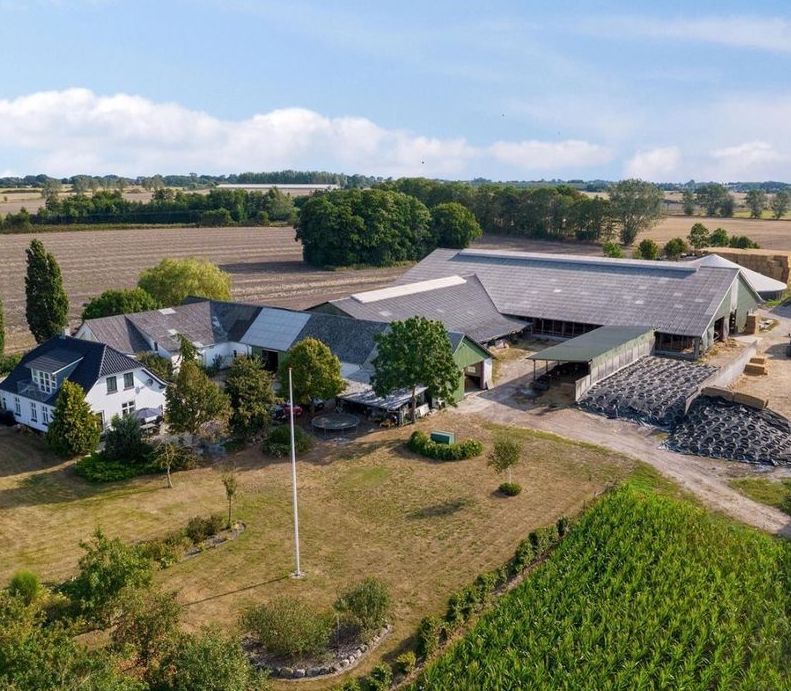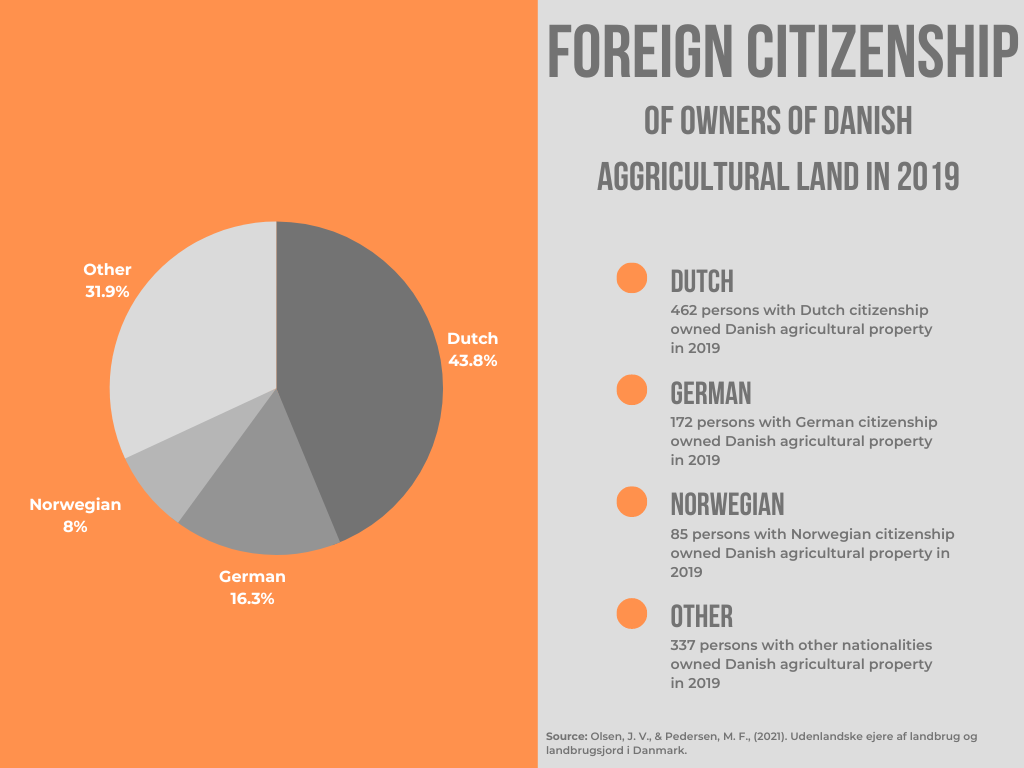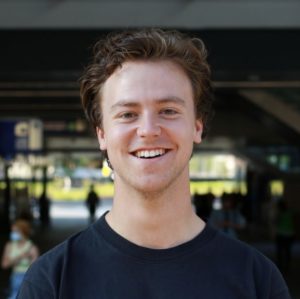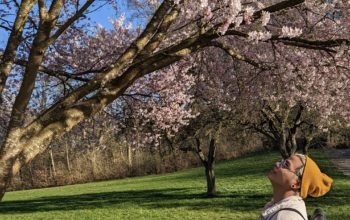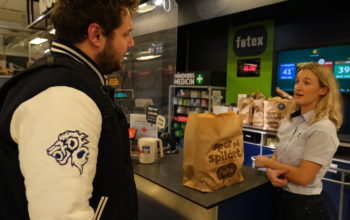Written by Sebas van Aert
It was during the spring of 2016 that Dutch farmers Frank and Debby Hargeerds started to ask themselves: does our future lie in the Netherlands? Despite living comfortably with their three children in their newly built house in Markelo, there was a hunger for more. “We always said we wanted at least 200 dairy cows, so we could make our farm future-proof,” Frank says. “In the Netherlands, we only had 65, and there wasn’t much room for expansion. We were basically sandwiched between our neighbours.” Luckily for them, there were options available abroad.
Their first choice was Canada, but that soon proved financially impossible for the family, so they had to look further. After hearing their wishes and demands, an estate agent advised them to check out Denmark, leading to a somewhat surprised reaction on Frank and Debby’s part.
Denmark? Wasn’t that the country with so many bankruptcies in the aftermath of the financial crisis? Yes, but it was also a country that offered the couple opportunities. “Denmark is not perfect, just like any other country in the world,” says Debby. “But it was our chance to realise our future vision, to make the move we wanted to make.”
Today – almost five years after they moved – Frank and Debby are the happy owners of a dairy farm in Bylderup-Bov, Denmark, close to the German border. With 255 dairy cows and 208 hectares of land, their dream has come true.
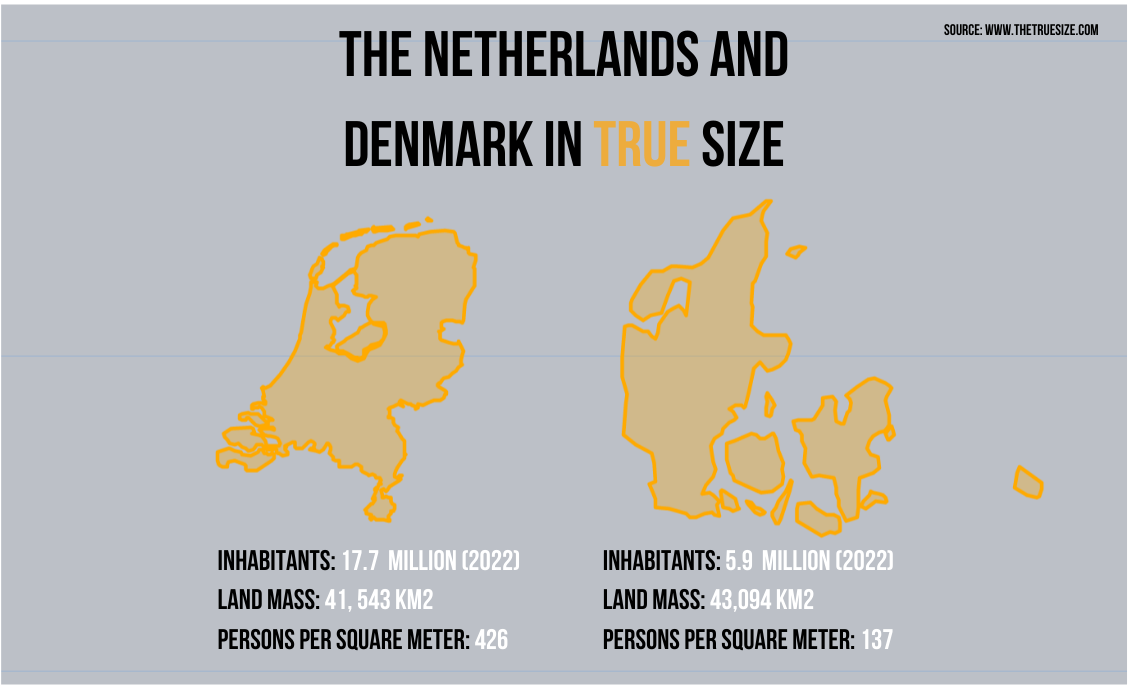
Migration wave
Frank and Debby are part of a migration wave to Denmark that has its origins in the 1980s and continues to this day. During this period, many Dutch farmers moved to Denmark – with the peninsula Jylland being by far the most popular destination – hoping for a better future. In the absence of official figures, how many farmers exactly have made such a decision is unknown, but we do know it is substantial.
“I am sure over five hundred Dutch farmers have migrated to Denmark in the past thirty years,” says Andre Sistermans, a former farmer who has lived in Denmark for twenty years. He now works for Interfarms, a Dutch real estate company that guides Dutch farmers wanting to buy a farm in a foreign country. They help people through the entire process, from their banking appointments to finding a suitable school for their children.
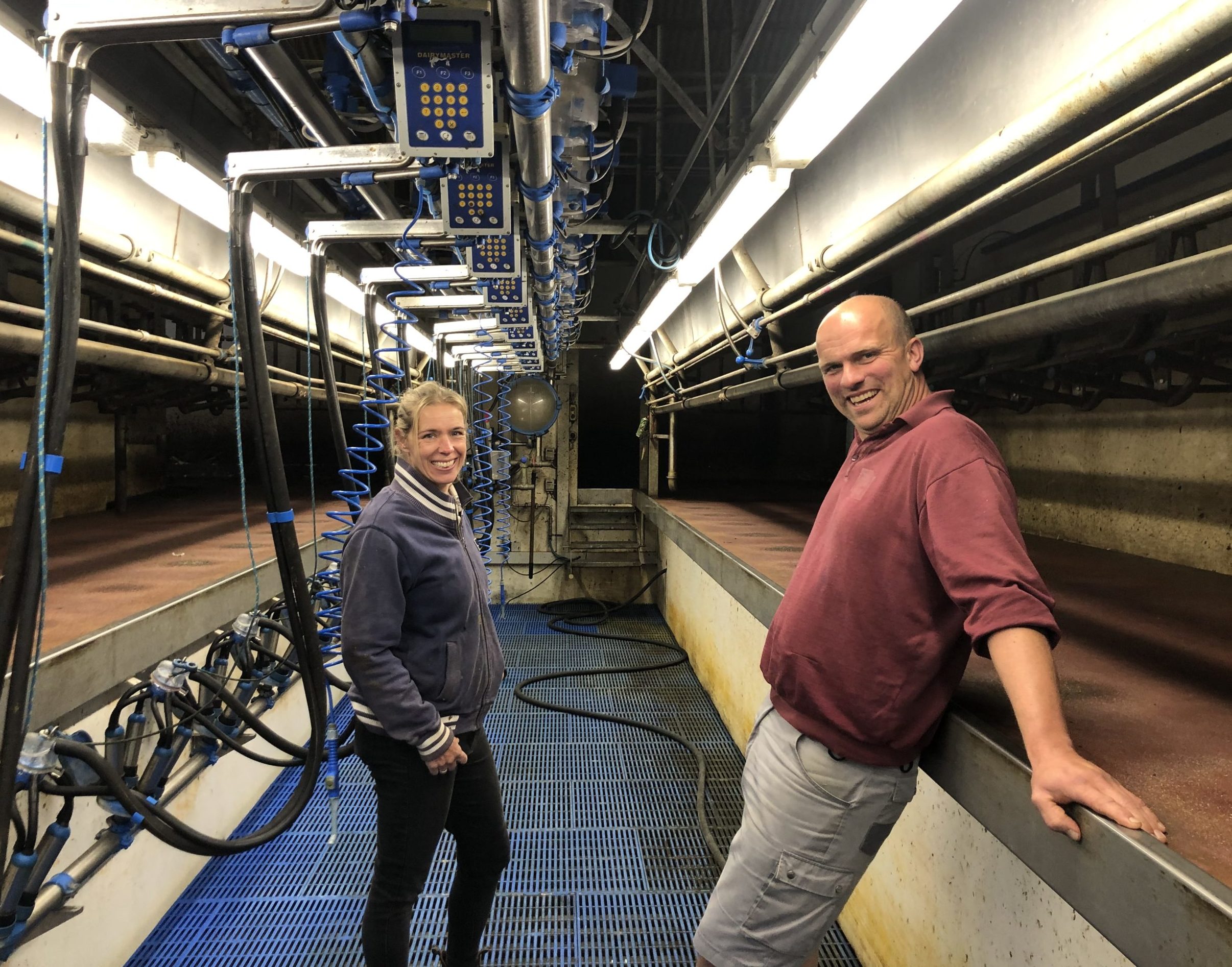
“I would say it is nearly possible to purchase a farm here without having to speak Danish. Nowadays we have so many Dutch people living here, including accountants, feed suppliers and estate agents like me.”
A report published last year by researchers at the University of Copenhagen states that in 2019, 39,888 hectares of farmland in Denmark were owned by Dutch owners, second only to Danish owners with 2,745,857 hectares of land. The same report reveals that of all foreign owners of Danish agricultural property, the Dutch were by far the largest group in 2019 with 492 persons. This gives an idea of Dutch farmers’ influence on Danish agriculture.
One Danish farmer jokingly told Frank that if it weren’t for Dutch farmers, Danish agriculture would have disappeared by now. In May 2022, Princess Beatrix visited Denmark to highlight the agricultural interconnectedness between the two countries.
More space for Dutch farmers
One reason Denmark is preferred by Dutch farmers is that it is a fellow EU country and therefore shares open borders with the Netherlands. This makes it accessible compared to, for example, Canada or the United States. Proximity also plays a role – the countries are 1 hour and 20 minutes away by air. The move between countries doesn’t seem as daunting when friends and family are not too far away.
Then why not France or Germany? According to Sistermans, “In Germany there is not much land for sale as a lot of agricultural companies stay within the family. As for France, their countryside is aging, and generally the French don’t speak English very well, which makes it less attractive to settle.”
“Out of ten applications, only five will eventually emigrate”
“Apart from that, buying a farm in Denmark is much cheaper than in the Netherlands due to lower demand,” says Sistermans. “Whereas here you pay a tonne and a half for a house in the countryside, in the Netherlands it would cost you almost a million. Also, Denmark is similar to the Netherlands in terms of climate and mentality, as well as social system.”
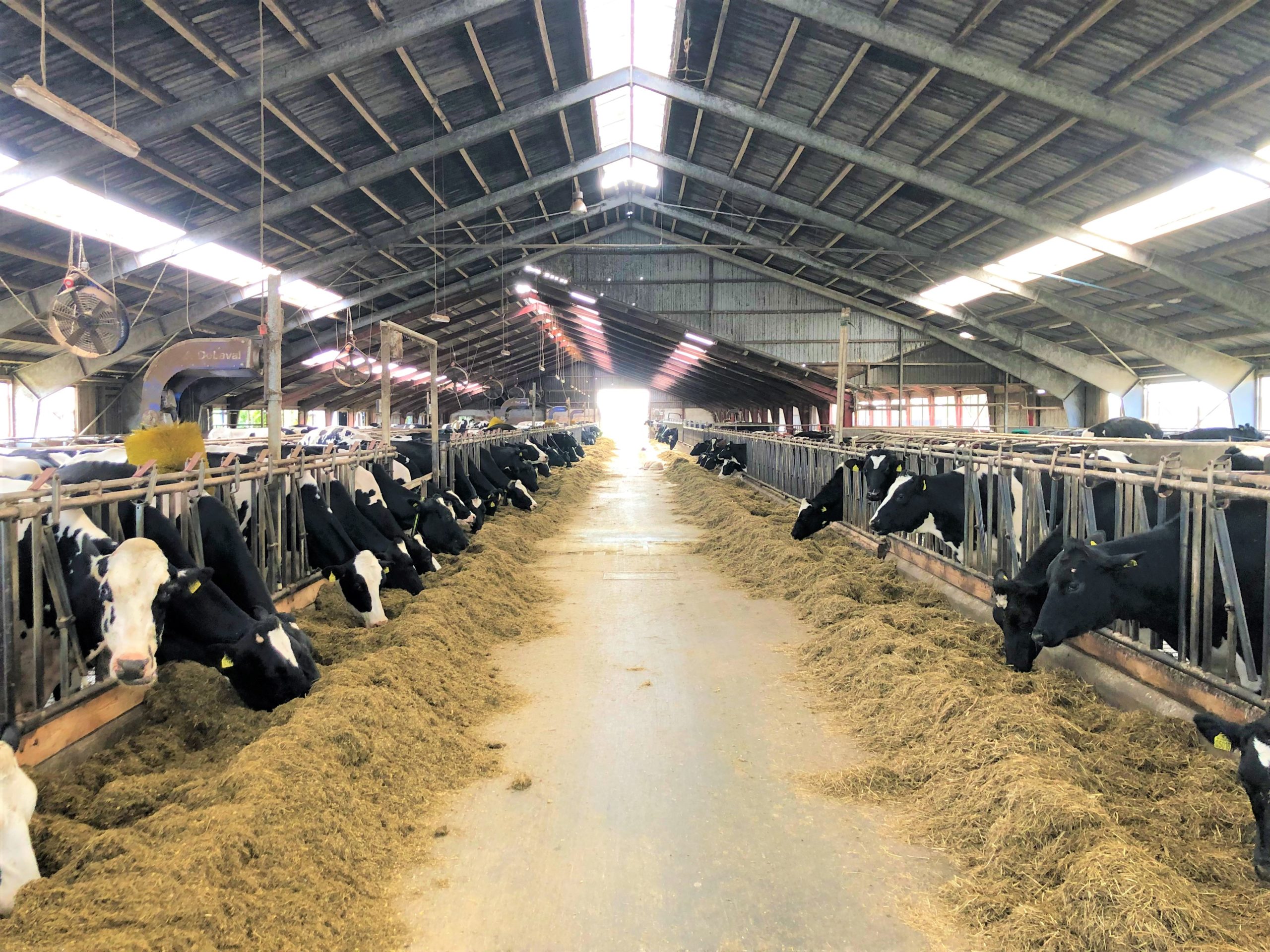
Denmark’s biggest pull factor, however, is space. In the Netherlands, Dutch farmers have to share the land – which is similar in size to Denmark – with almost 18 million people. Denmark’s population is under six million, of whom only 2,6 million live in Jylland, where most Dutch farmers reside. Denmark, in short, has much more room to physically expand the farm and keep more dairy cows, which is considered necessary to cut costs. Or, as farmers usually say: “more mass is more money.”
The lack of space at home and the abundance thereof in Denmark was the main motivation for the Hargeerds family to embark on their adventure. Once settled, the two discovered an additional advantage. “There is still a sense of respect and understanding for farmers and agriculture, something that is completely lost in the Netherlands,” says Debby. Frank adds: “Here in the south, at least the Danes realize that everyone is dependent on agriculture. They know that no farming means no food.”
Escaping the rules
Dutch farmers migrating to Denmark is not a new phenomenon. However, there is a difference between the first migrants and those who have been arriving for the last five to ten years, Sistermans explains. “The vast majority of the early migrants came to Denmark as starters because they could buy a farm here for a fairly low price, while receiving generous financial help from Danish banks and institutions. The later migrants are fleeing the strict policies and laws the Dutch government has imposed on them, hindering the farmer’s chances and development. They are simply fed up.”
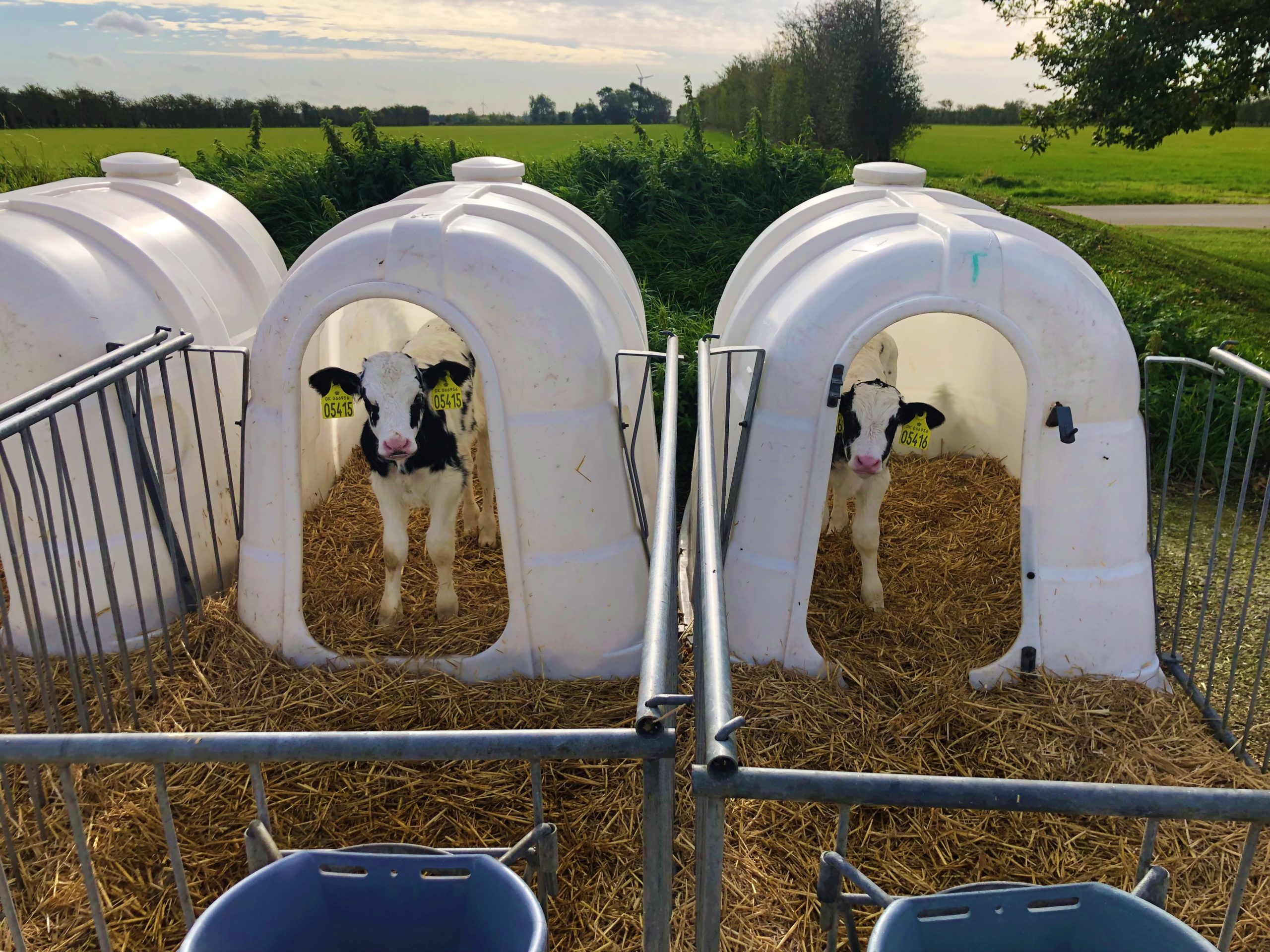
For some, the recently announced regulations on reducing nitrogen emissions was the straw that broke the camel’s back. It led to a rise in emigration applications at Interfarms, where Sistermans works. “Note that an application does not equal an emigration; out of ten applications, only five will eventually emigrate.”
But those who leave the Netherlands expecting to have free rein in Denmark are in for a cold shower, according to Frank. “I always tell people who have emigration plans to move here because of the space and business opportunities. If you are a Dutch farmer fleeing stringent rules in the Netherlands, you should not come to Denmark. The laws here may be clearer and more long-term oriented, but there are many more of them too.” In addition to more paperwork and administration, this entails a lot more inspections, Debby says. “These checks can happen every week and take up to two hours at least. In my view, the Danes are going overboard with this.”
Although the nitrogen debate has not yet erupted in Denmark as it has in the Netherlands, here, too, rumours are already circulating about a possible cut in livestock. Whether those rumours will turn into real policy partly depends on what will change after the recent elections. “We’ll see what comes our way,” Frank says. “We have mapped out a path, but as entrepreneurs we are realistic enough to deviate from it if the situation calls for it. I guess that is also the fun of it.”
Cover photo courtesy of Interfarms
